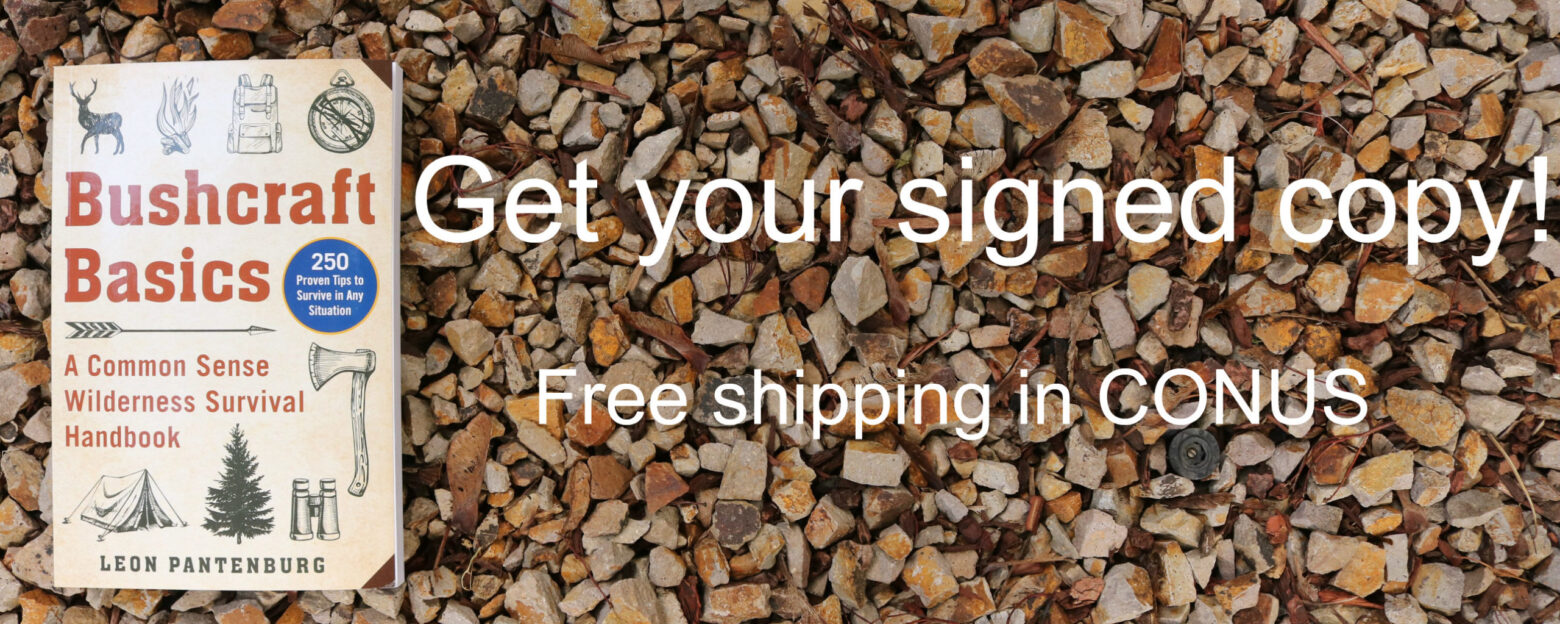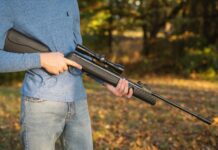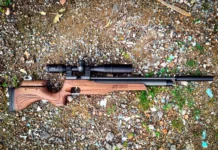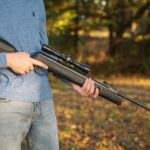The best endorsement of a product is to use it continually and take its reliability for granted.
My Timberland® Earthkeeper boots fit that description and they have been through the wringer.
by Leon Pantenburg
There was no comparison shopping going on when I bought my Timberland Earthkeeper boots. My old Georgia® work boots were about worn out, and I was sorta looking for a new pair. The Earthkeepers were on a sale rack in Bend, Oregon, there was a pair that fit me and the price was right.
Today, I don’t think about my Timberland work boots. They’re just there, parked by the back door to the garage or they may be tossed in the back of my pickup. The Timberlands get pulled on when I mow the yard, walk the dog, climb a ladder, work with power tools, trim shrubs and trees and grub around in the garden. If I’m working outside, chances are I’ll be wearing them.
Originally released in 2007, according to the Timberland website, this boot was the start of the Earthkeepers® Edition that has grown to include shoes, clothes, and more.
Here are the specs of the Timberland Earthkeeper boots style 15551210:
- Better Leather from a tannery rated silver by the Leather Working Group for its water, energy, and waste management practices
- Footbed lined with leather from a tannery rated silver by the Leather Working Group for its water, energy, and waste management practices
- 100% recycled PET laces
- ReBOTL™ fabric lining containing at least 50% recycled plastic
- Midsole of EVA-blend foam for high-rebound cushioning
- Steel shank for arch support
- TPR welt
- Rubber outsole
- Imported
Here’s the good stuff:
Wear: My Earthkeepers have been worn regularly for the past decade or so. Finally last fall, the sole started to separate from the upper. Some glue and a C clamp fixed that, and the soles are good for a lot more hard wear.
Comfort: It goes without saying that work boots need to be comfortable, especially if you will be standing and working all day. The Earthkeepers don’t have any sort of waterproof liner, so they are cooler than most boots with some sort of waterproof liner. This also means that you can’t wade in water without getting your feet wet. That’s fine – I have Muck Boots for wet conditions.
Style: As work boots go, these look good in most situations. I wear mine with jeans and Carharts, or with cut-offs and a T-shirt when I go to Lowe’s to pick up stuff. Working people typically don’t worry about their footwear’s appearance, but it’s nice to have a good-looking pair anyway.
Urban dwellers have discovered work boots, and the sensible footwear has a place in the big cities. If you ever have to evacuate your home due to natural or man made disasters, these are the boots you want to be wearing.
Fit: My foot size is 11, EE width, in hikers. The Earthkeepers fit my feet just right.
Laces: My boots still have the original laces, and they show minimal wear. The laces stay tied and perform as should be expected.
Care: I don’t do anything to my Earthkeepers. The boots get cleaned as needed. I suppose the leather should be treated with mink oil or some leather preservative and that may happen some day. To keep your Earthkeepers looking good, the leather should be maintained regularly.

Then there’s this:
Durability: It’s been mentioned that the sole started to separate from the upper. Considering how hard these boots have been worn, that’s acceptable. They can be re-soled.
Sole: I prefer a smooth sole on work boots. I have hikers with aggressive tread for hiking and hunting, and the soles should match the terrain. But in a boot you might be wearing to go in and out of a house, from the truck to the combine or from the barn to inside, the sole needs to be easy to scrape off and clean. Also, a smoother sole is better for climbing on ladders.
Most hiking trails these days are well-worn paths, and aggressive tread is overkill. A smoother sole is easier on the environment.
From the website: At the heart of the Timberland® brand is the core belief that a greener future is a better future. This comes to life through a decades-long commitment to make products responsibly, protect the outdoors, and strengthen communities around the world. The brand has committed to plant 50 million trees worldwide by 2025, and has a bold vision for its products to have a net positive impact on Nature by 2030, giving back more than they take.
Do you need a pair of Earthkeepers?
Everyone needs some work boots, even folks who live in the city. These boots have proven themselves, and I will be looking for a new pair if mine ever wear out!
Please click here to check out and subscribe to the SurvivalCommonSense.com YouTube channel – thanks!










































